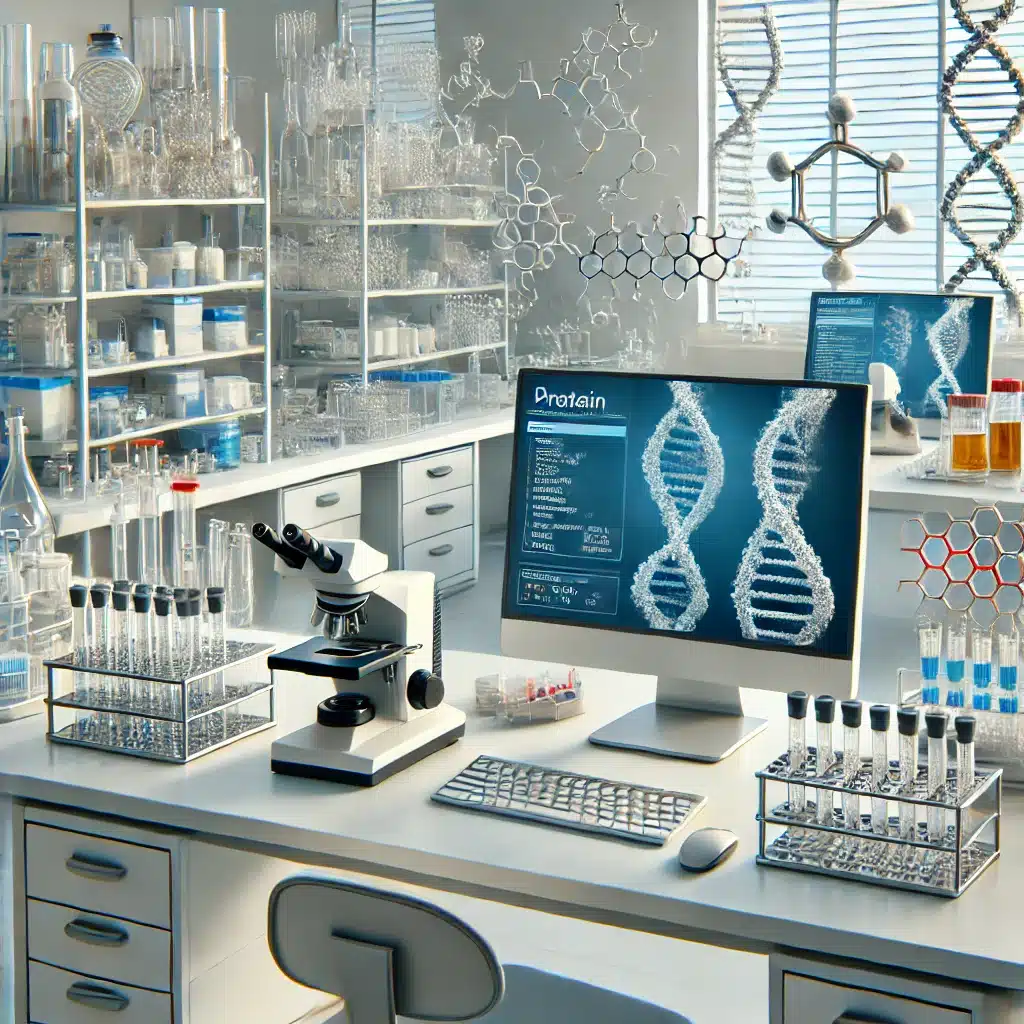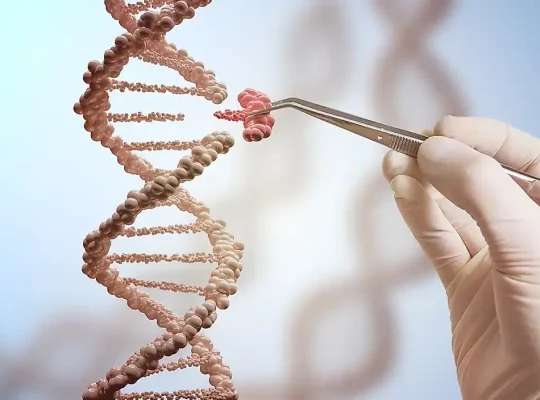The manipulation of DNA is an essential task carried out in biotechnological research to precisely edit a given sequence, create artificial genomes, express recombinant proteins, and perform cell-free biosynthesis, among other applications. DNA Assembly methods play a significant role in ligating multiple DNA fragments when the objective is to create novel biological systems or devices that cannot be built with chemical or enzymatic synthesis due to their length.
There are many assembly methods to be used. The methodology selection will depend on the input DNA’s characteristics and the desired product since each technique has its ideal reaction conditions and works better for different purposes. In this article, let’s focus on the Golden Gate Assembly methodology.
Golden Gate Assembly
Golden Gate Assembly is a powerful, widely-used tool in synthetic biology for constructing and manipulating DNA constructs. It allows scientists to easily and efficiently combine multiple DNA fragments into a single construct, enabling the creation of complex gene circuits and other DNA constructs.
How is the Golden Gate Assembly different from other methods?
- It only uses type IIS Restriction Enzymes (that recognize and cut two different but close DNA sequence sites) and the T4 DNA ligase
- If designed to be so, it can result in a scarless design, which makes it suitable when editing an Open Reading Frame (for example, in protein engineering campaigns)
- It creates non-palindromic overhangs that don’t have cut sites, making the reaction irreversible
- Due to the differences in the recognition and cutting sites, the restriction and ligation enzymes can be added to a single master mix, making the process more efficient. Since the recognition site is removed in the assembled DNA, in case the original sequences rejoin, the enzymes will recognize the reformed cut site and they will re-cut it until the desired product is obtained.
General scheme of the Golden Gate Assembly mechanism (Bird, et al. 2022).
Once you have decided this is the most suitable method for you, here are 4 things to look for when trying to maximize success with Golden Gate assembly:
1. Design of the DNA fragments and restriction enzyme selection
The design of the DNA fragments being combined is an important factor in the success of the Golden Gate Assembly. The DNA fragments should be compatible with the Golden Gate assembly system, meaning that they should have compatible overhangs and appropriate sizes and lack the recognition sites of the enzyme(s) being used. In addition, the DNA fragments should be free of contaminants and high in purity.
Which factors should be considered when designing an efficient Golden Gate Assembly?
The specific IIS restriction enzyme selected may depend on your laboratory inventory, specific chassis, etc. However, you have to make sure that the overhangs created are not repeated in the sequence, to ensure the assembly is done in the right order. Since the cut site can be whatever sequence is next to the recognition site, a single enzyme can have many different overhangs (this is another reason this method is suitable for assembling multiple fragments).
Some specific tips to improve the performance of the method are:
- Enzymes with short overhangs (approximately 4 bases) are the most used, but longer overhangs are more specific
- Some enzymes (like BsmBI) require short spacers between the recognition and cut sites, make sure to include these in your design if necessary
- Do not start the primer with he recognition site, but include a 5’ flanking sequence, since they can make recruiting enzymes to the DNA template easier
- Double-check that the recognition site is not found in another part of your DNA sequence. If it is, you can edit the bases on that part or change the enzyme you are using.
2. Size of your constructs
One of the advantages of this method is its capacity to create complex assemblies. However, it is important to note that the more complexity, the lower efficiency you can achieve with this method. Although larger constructs could be harder to work with, it has been reported that it is possible to join up to 52 fragments (approximately 40 kb, however, note that the maximum length and number of assembly pieces are difficult to establish).
TeselaGen’s software allows you to use your libraries to design complex Golden Gate Assemblies and create assembly reports with your customized parameters, enzymes, protocols and reagents.
3. Optimization of the reaction conditions
A general Golden Gate protocol consists of the preparation of a mix including the fragments to be ligated in equal concentrations, the restriction enzyme(s), ligase buffer, milli-Q water, and T4 ligase (the specific quantity for each reagent will vary depending on the DNA concentration you have). Then, the temperature cycles often oscillate between 16 and 37 °C (as they are the optimal temperatures for both enzymes) and usually take up to two hours. The overall process is divided into 3 phases:
- 37°C for 10 mins
- Changing between 37°C and 16°C on 15 cycles of 2 mins each, and one last cycle of 75°C for 15 mins
- 37°C for 15 mins
TeselaGen’s software allows us to track this workflow within TeselaGen’s Lab Inventory Management System (LIMS), ensuring it is not only automated but also meticulously tracked for efficiency and precision.
4. Golden Gate on Protein Engineering
The Golden Gate Assembly methodology has been widely used in synthetic biology for modular cloning due to its high efficiency and ease of use with vector libraries. Optimizations of the method, such as the novel GoldenBraid method, allow scientists to assemble larger constructs in complex metabolic networks of eukaryotic cells. In addition, and as mentioned before, the capacity of this method to create scarless designs makes it suitable for the edition of coding sequences, as there are no recognition sites on the ORF.

It has also been said that this method is suitable not only for introducing mutations but also for combinatorial designs where it is possible to combine many amino acid changes on different positions of a single CDS in a process that has been called Golden Mutagenesis.
By considering these factors and optimizing the conditions of the Golden Gate assembly reaction, scientists can achieve successful Golden Gate cloning and create complex DNA constructs with ease. TeselaGen’s software helps you automatically solve frequently encountered problems associated with low-level manual assembly design and enables you to focus on the high-level technical issues of your Golden Gate Assembly results, as it automatically chooses the overhang sequences to generate an optimized scarless assembly and requires much less effort.
Learn more on how TeselaGen is enhancing protein engineering workflows here.
